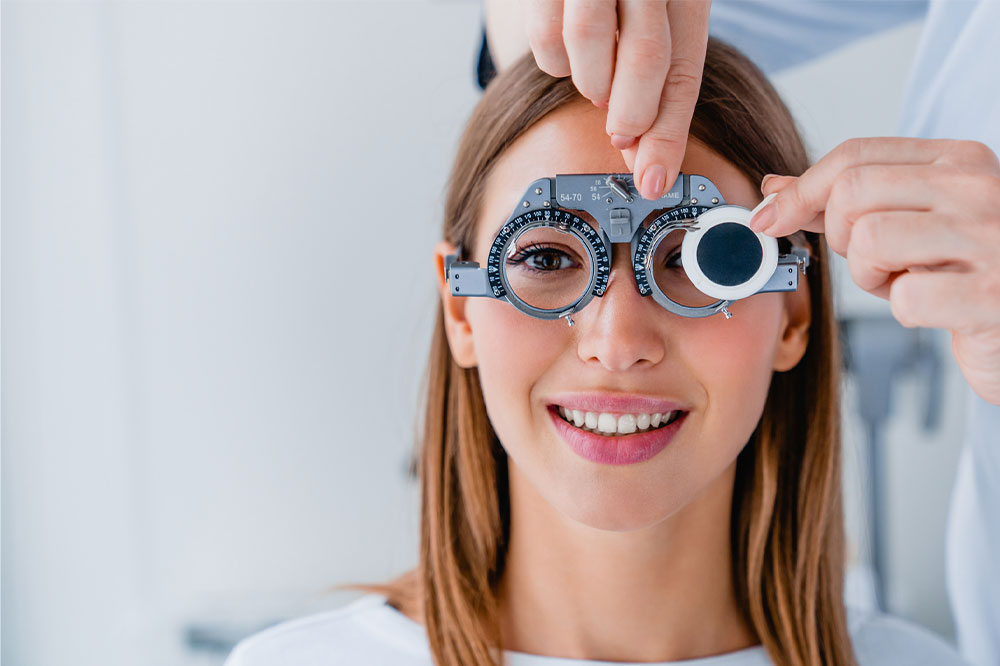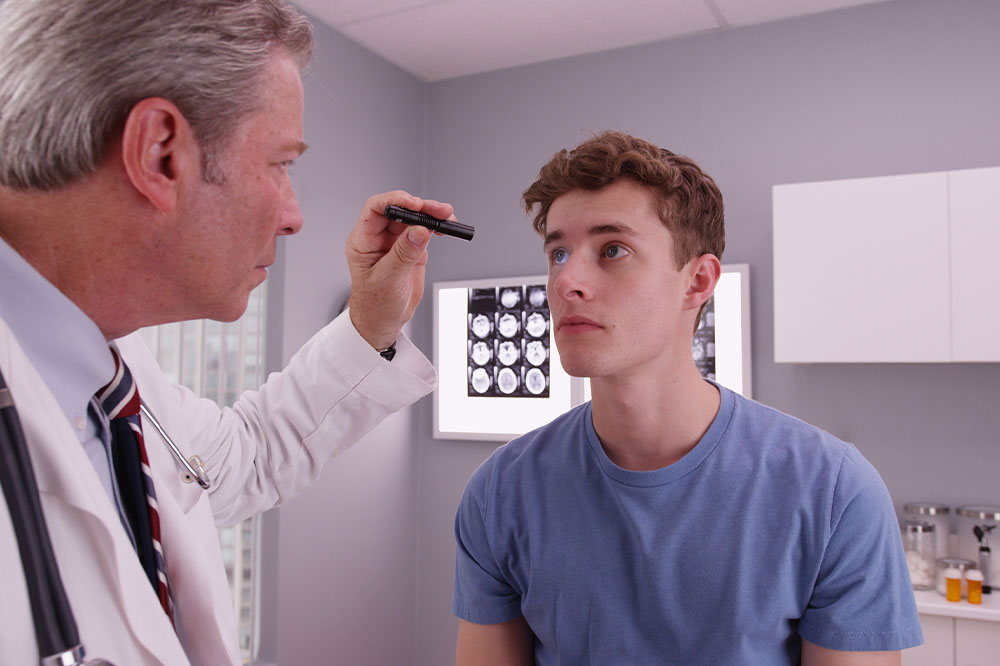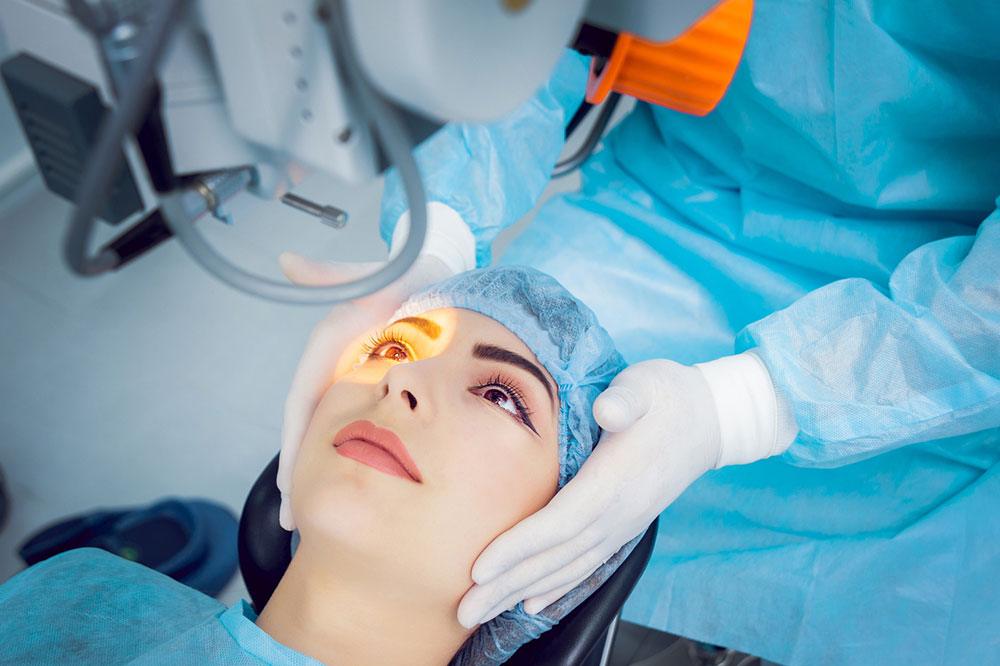In-Depth Guide to Eye Health: Understanding Eye Examinations and Vision Assessments
This comprehensive guide explains the importance of regular eye examinations, detailing what to expect during an eye exam, various tests performed, and why early detection of eye problems is crucial. Learn how optometrists assess visual acuity, eye health, and detect diseases like glaucoma, cataracts, and retinal issues through advanced diagnostics. Regular eye checkups are essential for all age groups to preserve vision and prevent serious conditions, making this guide a valuable resource for maintaining lifelong eye health and clarity.

In-Depth Guide to Eye Health: Understanding Eye Examinations and Vision Assessments
Maintaining good eye health is essential for quality vision and overall well-being. Optometry, a specialized branch of healthcare dedicated to eye care, involves comprehensive examinations that help detect potential issues early, enabling timely treatment and preservation of sight. Whether you need corrective lenses, management of eye diseases, or preventative eye care, understanding what happens during an eye exam can empower you to take proactive steps towards maintaining your vision health.
What Exactly Is an Eye Examination?
An eye examination is a series of detailed assessments performed by qualified eye care professionals, including optometrists and ophthalmologists. This process evaluates the overall health of your eyes, tests your visual acuity, and screens for common and serious eye conditions such as glaucoma, cataracts, macular degeneration, and diabetic retinopathy. The aim of an eye exam is not only to correct vision problems but also to identify early signs of disease, often before symptoms become noticeable.
Scheduling regular eye exams is a crucial part of maintaining lifelong eye health. Early detection through these exams allows for timely intervention, which can prevent vision loss and improve quality of life. For adults, routine eye exams should start around age 40, especially if there are risk factors such as family history of eye disease or existing health conditions like diabetes. Children under age three should have pediatric eye screenings to catch issues like crossed eyes or lazy eyes early. Seniors over age 60 should consider annual or biannual visits to monitor age-related changes and prevent disease progression. If you have a family history of eye conditions such as glaucoma or retinal diseases, more frequent examinations may be recommended for early detection and management.
What to Expect During an Eye Examination
During your visit, the eye care professional will start by asking about your medical history, general health, and visual concerns. Be prepared to discuss any symptoms related to your vision or eye health. Remember to bring your current glasses or contact lenses for assessment purposes. The examination typically involves several tests designed to evaluate different aspects of your vision and eye health.
Common Tests Conducted During an Eye Exam
Eye Muscle Function Tests: These evaluate how well your eye muscles coordinate and move by tracking a target that moves in various directions. Proper muscle coordination is essential for clear binocular vision.
Visual Acuity Test: This is perhaps the most familiar test, where you read letters on a chart (Snellen chart) at different distances to assess how clearly you see objects at various ranges.
Refractive Error Measurement: To determine if you are nearsighted, farsighted, or have astigmatism, optometrists use instruments like a phoropter and retinoscope. These devices help fine-tune your prescription for glasses or contact lenses.
Peripheral Vision Assessment (Visual Field Test): This measures your ability to see objects outside your direct line of sight. It can help detect diseases that affect the peripheral vision, such as glaucoma or brain tumors.
Color Vision Evaluation: Using specially designed patterns of colored dots, this test identifies color deficiencies, including various types of color blindness.
Retinal Examination (Ophthalmoscopy): This detailed inspection of the retina and optic nerve involves dilating the pupils with drops and using a special light source to examine eye structures for signs of disease or damage.
Slit-Lamp Examination: This high-powered microscope provides magnified views of external eye structures, including the cornea, iris, and lens, revealing issues like dry eyes, cataracts, corneal scratches, or injuries.
Glaucoma Testing: Specialized devices measure intraocular pressure (tonometry) and assess the health of the optic nerve. Early detection of glaucoma is vital, as it can cause irreversible vision loss if left untreated.
After these assessments, your eye doctor will evaluate the results considering your medical history and symptoms. In some cases, additional specialized tests like optical coherence tomography (OCT) or fluorescein angiography might be recommended for detailed imaging of the retina and blood vessels.
Preventive eye care is a cornerstone of preserving vision. Regular eye exams help catch problems early, often before symptoms appear, allowing for more effective treatment. If you experience any sudden changes in vision, eye pain, flashes of light, or persistent discomfort, seek immediate professional evaluation.





